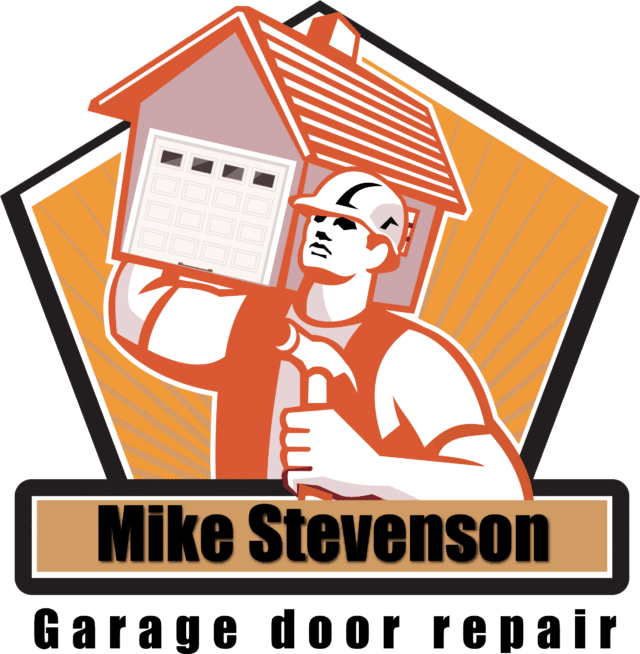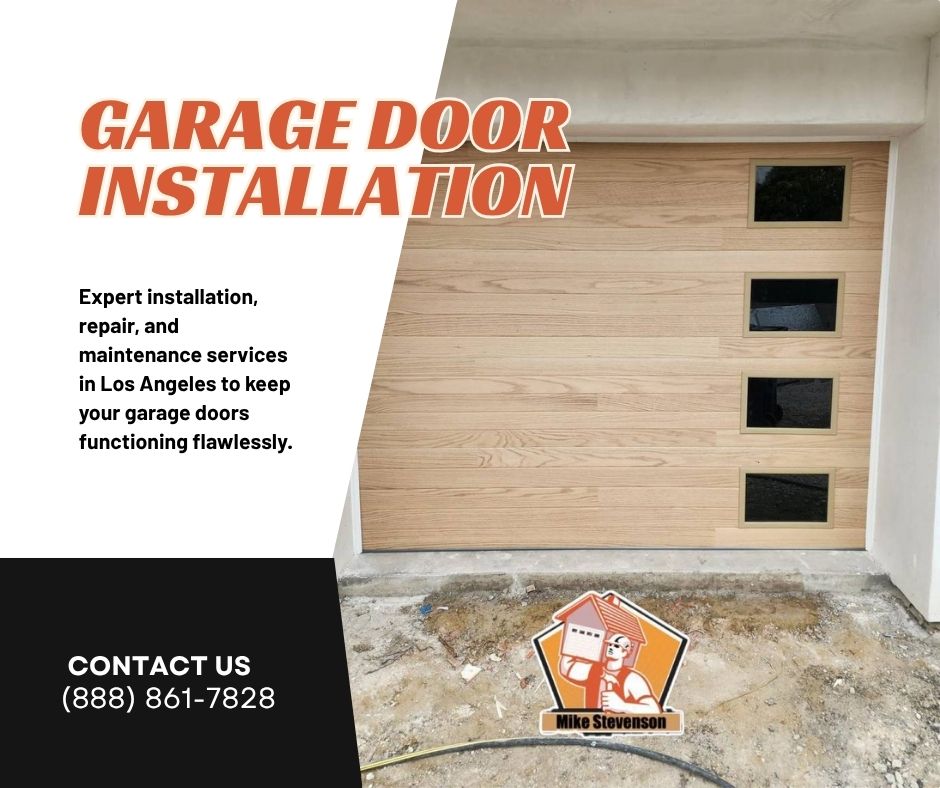When installing a new garage door, most homeowners focus on the look and materials of the door itself. However, behind the scenes, the quality of the installation has a direct and lasting impact on the performance and durability of essential components—especially the springs and rollers. These parts do the heavy lifting, guiding the door’s movement every time it opens or closes. If installed incorrectly or without proper calibration, they can wear out much faster than expected.
Understanding how garage door installation influences the lifespan of springs and rollers is crucial to ensuring a long-lasting and low-maintenance system.
Why Springs and Rollers Matter
Springs and rollers are key components in the garage door’s functionality. The springs, typically torsion or extension types, counterbalance the door’s weight, making it possible to lift the door manually or with a motor. The rollers, on the other hand, allow the door to move smoothly along the tracks, reducing friction and preventing wear on the tracks and panels.
A standard torsion spring system is designed to last for about 15,000 to 20,000 cycles, which equals 7–10 years of use for most households. Similarly, high-quality rollers can last up to 10 years or more, depending on the material and maintenance. But poor installation can drastically reduce this lifespan.
How Improper Installation Causes Premature Wear
1. Incorrect Spring Tension and Balance
One of the most critical aspects of garage door installation is setting the right tension in the springs. If the tension is too high or too low, the door will either slam shut or resist opening. This improper balance forces the motor and the rollers to work harder, causing strain, heat, and accelerated wear.
For instance, if a torsion spring is too tightly wound, the door may fly open too quickly, potentially damaging the tracks or rollers. On the other hand, a weak spring will make the opener work harder than necessary, leading to early motor burnout and added pressure on the rollers.
2. Misaligned Tracks or Roller Brackets
Proper alignment is essential for the rollers to function smoothly. During installation, even a slight deviation in the track angle or bracket position can create friction points, causing the rollers to wear unevenly or pop out of place.
Misalignment doesn’t just lead to operational issues—it can also warp or bend the rollers themselves, reducing their performance and safety. Over time, this causes a chain reaction of problems: noisy operation, inconsistent closing, and added wear on the opener.
3. Low-Quality or Incompatible Components
Some installations cut corners by using lower-grade springs or rollers that don’t match the size or weight of the garage door. For example, a heavy insulated steel door requires a specific gauge of spring and heavy-duty rollers. Using mismatched parts puts the entire system at risk of failure.
It’s also common for DIY installations to include rollers made of plastic or low-grade nylon, which wear down quickly under daily use. Professional-grade steel or ball-bearing nylon rollers are designed to withstand more cycles and provide quieter operation.
4. Lack of Lubrication or Post-Installation Tuning
Even with proper component selection and alignment, neglecting lubrication or skiping final adjustments during installation can compromise the lifespan of the hardware. Springs need regular tension checks, and rollers require lubrication to minimize friction and prevent heat buildup.
A professional garage door installer will typically finish the job by fine-tuning the tension, checking alignment, and applying high-grade lubricant to ensure smooth movement from day one.
The Long-Term Impact of Proper Installation
When garage door installation is handled by an experienced professional, it sets the entire system up for success. Properly installed springs experience less wear and retain tension longer, while well-aligned tracks and high-quality rollers reduce noise and friction.
In the long run, this means fewer breakdowns, lower maintenance costs, and safer operation. Homeowners also save money by avoiding premature replacement of springs, rollers, and even garage door openers.
Invest in Quality Installation for Lasting Results
The way your garage door is installed has a direct effect on how long your springs and rollers will last. Poor installation can cut their lifespan in half, leading to noisy operation, safety risks, and frequent repairs. On the other hand, a precise and professional garage door installation ensures that each component performs as intended and stands the test of time.
If you’re planning a new garage door or replacing an old one, don’t just think about style or cost—prioritize expert installation. It’s an investment in the reliability and longevity of your entire garage door system. Make the smart choice today, and you’ll thank yourself years down the line.

